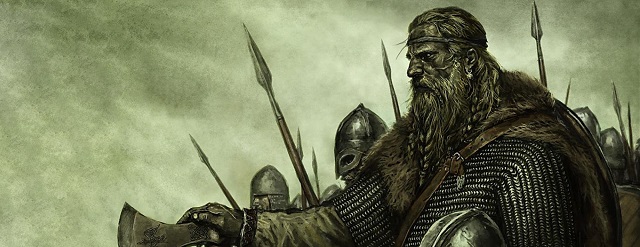Take two Europeans of today, even a pair living in widely separated countries, for example a Finn and a Frenchman. Following an analysis of the genes of 2,257 people from 40 populations across the continent – Albanian, English, Belgian, Danish, Spanish, Italian, Macedonian, Russian, Turkish, etc – it turns out that this pair shares between two and 12 ancestors who lived between today and 1,500 years ago.
The study, published in Plos Biology, was carried out by two population geneticists, Peter Ralph and Graham Coop of the University of California Davis. On the scale of the last 3,000 years, it reveals, there exists a high degree of relatedness between populations of different European nations, despite the fact that these are recent populations made up of different groups of humans.
The two researchers used the complete genome of 2,257 individuals and researched segments of DNA shared by different individuals. In principle, two individuals sharing a common ancestor can also have inherited a segment of DNA from that ancestor. The longer this segment is, the more recent that common ancestor. By analysing the length of the DNA segments shared by a pair of individuals, the researchers can evaluate the distribution in time of their common ancestor.
Why is there a relationship between time and the length of the DNA segments shared by a pair of individuals? To understand that, we must consider how genes, and therefore the DNA they are made up of, recombine with each generation. The genome of any given individual is formed by mixing the genes of parents, such that some of his DNA comes from his mother and some from his father. In the next generation, the mixture incorporates new segments of DNA, and so on down through the generations. A person’s DNA therefore contains segments of DNA from his ancestors, interspersed with new segments introduced with each generation. As the location where the DNA segments are modified differs each time, the segments of conserved DNA grow ever shorter. Thus, first cousins who have common grandparents share DNA segments longer than those of second cousins, who share segments longer than those of third cousins, and so on.
* Read the article here.






Be the first to comment on "European Union diversity less than meets the eye"